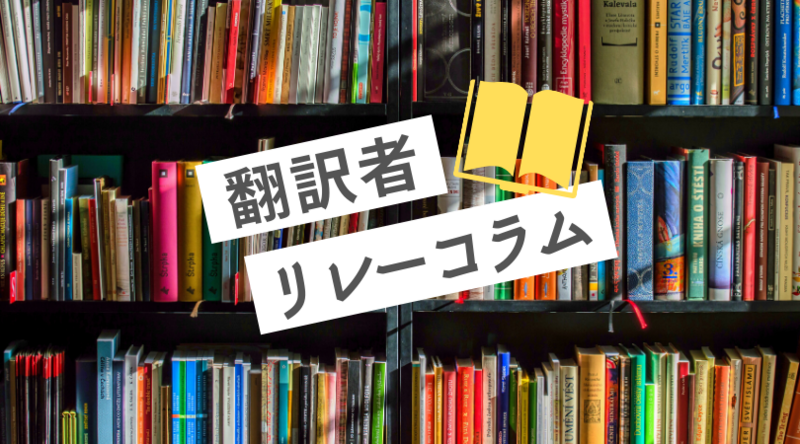
英文
The translation of academic papers is ideally assigned to translators who have expertise in the relevant field, but it will inevitably require substantive research on the part of the translator. It can be a daunting task to translate papers on topics one is unfamiliar with and which are written by leading experts in the field.
Translations, once delivered, are often proofread by the authors themselves. This means that if the authors are highly proficient in English, and many scholars are, the translation could be subject to negative feedback if the quality does not meet their standards. The authors are highly knowledgeable about the subject matter and may decide to rewrite the English version, sometimes adding content that was not in the original Japanese. I have learned not to take these revisions personally. Revisions are not necessarily an indication that your translation was wrong. The authors have their own writing styles and can better express what they want to communicate.
What if the authors are not proficient in English? In such cases, your translation may be published with minimal or no changes, making it critical that the translation you deliver is free of misinterpretations and the best it can be.
Either way, translating papers may involve more back-and-forth interaction between the authors and the translator than some other types of translations, and this can be a rewarding experience. In addition to questions you may have about the content, you may also need to confirm the authors' preferences such as citation style. The comments and questions you leave also reflect the amount of research and time you put into the translation. When the authors come back to you thanking you for your effort, perhaps even with compliments, you can say that at the end of it all the hard work was well worth it.
J.T.

和訳
翻訳はその論文のテーマに関して専門知識を持つ翻訳者が行うのが理想的ですが、それでも訳す側でかなりのリサーチが必要になることは避けられません。なじみのないテーマ、そしてその分野の第一線の研究者が執筆している論文である場合は、リサーチも大変な作業になることがあります。
翻訳は納品後、著者である研究者自身のチェックが入ることがよくあります。もしその研究者が英語に堪能であった場合(実際多くの研究者はそうなのですが)、翻訳の品質が著者の求める基準に達していないと、マイナスの評価をされかねません。その場合、論文のテーマに熟知している著者は、自ら英語版を書き直そうと考えるかもしれません。その際、もともと日本語原稿になかった内容を追加することもあるでしょう。私は経験上、そのような修正を自分の訳文に対するものとは捉えないようにしています。こちらの翻訳に修正が加えられたとしても、それがすなわち訳文の間違いであることには必ずしもなりません。著者には著者の文章スタイルがあり、伝えたいことをより的確に表現できる場合もあります。
では逆に、英語を得手としない著者の場合はどうでしょう。その場合はこちらが訳した文章がほぼそのまま、もしくはまったく修正なしで公表されることもあります。誤訳がないのはもちろんのこと、ベストな仕上がりであることが決定的に重要となります。
いずれのケースにしても、論文の翻訳では、他の種類の翻訳と比べて著者と翻訳者とのやり取りが多くなります。これは翻訳者にとって、とてもやりがいのある経験となります。内容についての疑問だけでなく、引用のスタイルなど、著者の希望も確認する必要が出てくるでしょう。翻訳者からのコメントや疑問は、いかに入念にリサーチし、翻訳に時間を注ぎ込んだかの表れでもあります。著者からねぎらいの言葉をもらい、賛辞すら受けたとき、それが翻訳者の労力がすべて報われる瞬間なのです。
文: J.T.
(注)この記事は、2016年12月に「サイマル翻訳ブログ」に掲載されたものです。
として働くなら
サイマルへ
サイマル・グループでは、世界との交流を共に支える通訳者・翻訳者を募集しています。あなたのキャリア設計や就業スタイルにあった働き方で、充実したサポート体制のもと、さらなる可能性を広げてみませんか。

